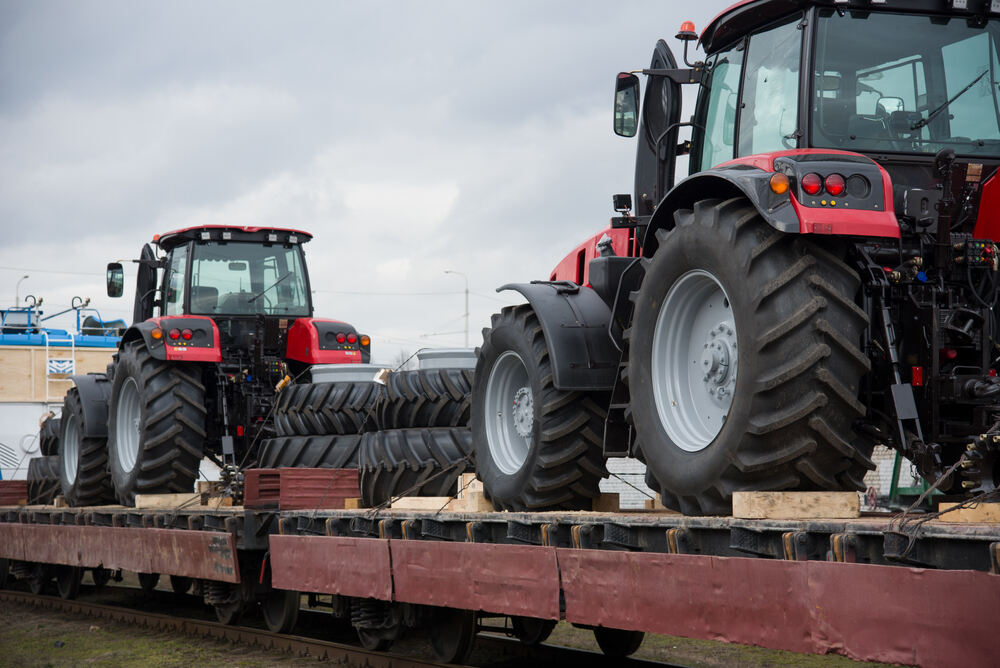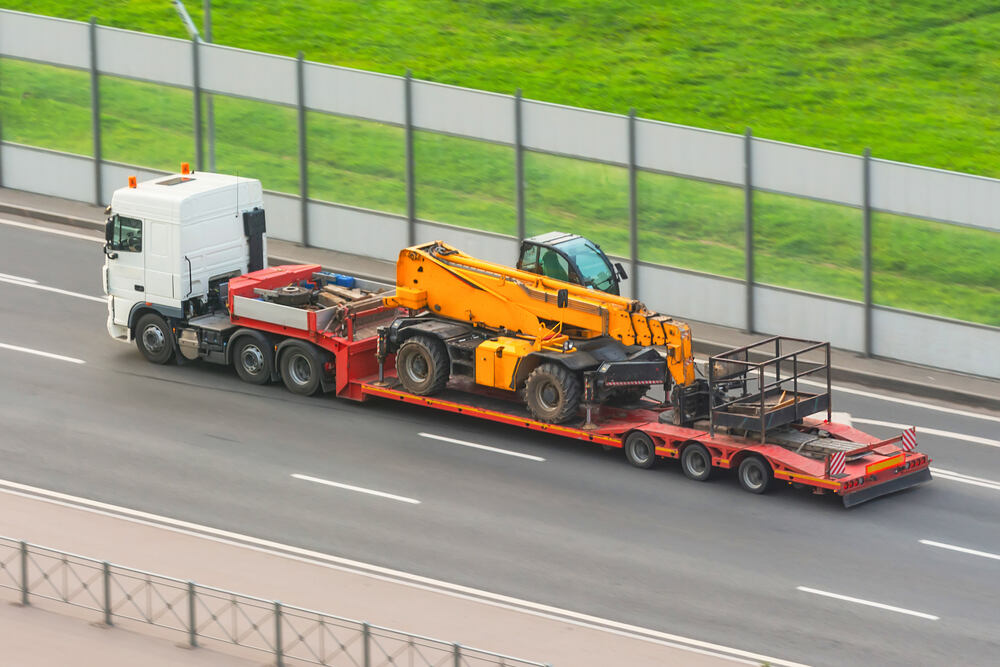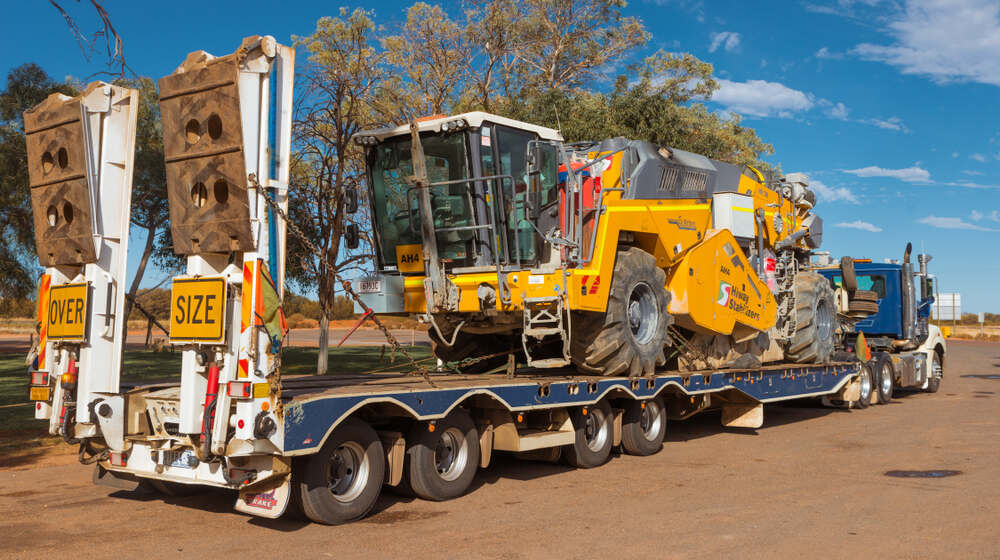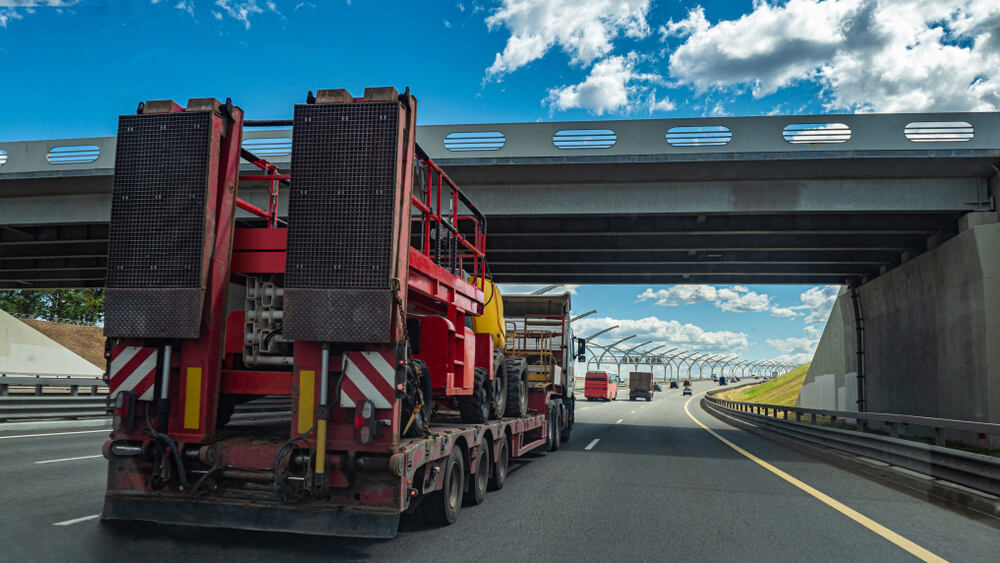
Oversized equipment transportation is a critical component of logistics that involves moving large, heavy, or unusually shaped machinery and materials across cities, states, or even countries. These loads often exceed the legal dimensions and weight limits set by transportation authorities, making their transport a complex and highly regulated operation. From construction equipment and wind turbine parts to industrial generators and mining machinery, transporting these enormous loads demands expertise, precision, and adherence to safety standards.
Understanding Oversized Loads
An oversized load is generally defined as any cargo that exceeds standard legal dimensions, which can vary by region. In the United States, for example, any load wider than 8.5 feet, taller than 13.5 feet, or longer than 53 feet (for trailers) typically requires special permits. Additionally, if the total weight exceeds 80,000 pounds (including the truck, trailer, and cargo), it is considered overweight and subject to special routing and escort requirements.
Key Elements of Oversized Equipment Transportation
Permitting and Regulation
Transporting oversized equipment legally requires obtaining permits from local, state, or national authorities. These permits detail the exact dimensions of the load, the route to be taken, and any special considerations, such as travel during daylight hours or avoiding major holidays and rush hours.

Route Planning
Choosing the correct route is essential for safe oversized transportation. Routes are planned based on factors like bridge clearances, road weight limits, traffic conditions, and construction zones. Logistics companies often work with route surveyors to map out the safest and most efficient paths.
Escort and Pilot Cars
Depending on the size and weight of the equipment, escort vehicles also known as pilot cars may be required. These vehicles travel in front of and/or behind the transport vehicle to alert other motorists and ensure the load can safely navigate traffic and road obstacles.
Specialized Equipment
Oversized loads require specialized trailers such as lowboys, extendable flatbeds, and modular platform trailers. These trailers are designed to accommodate the weight and shape of heavy cargo, providing stability during transport.
Skilled Drivers and Technicians
Not every truck driver is trained to handle oversized equipment. It takes experienced professionals with knowledge of weight distribution, turning radius, braking techniques, and loading procedures. Safety is always a top priority, and experienced operators are essential to avoiding costly accidents and delays.
Industries That Rely on Oversized Transport
Numerous industries depend on oversized equipment transportation, including:
- Construction: Cranes, bulldozers, and excavators need specialized transport to and from job sites.
- Energy: Wind turbines, transformers, and oil rigs require long-distance hauling with precise handling.
- Mining: Large mining trucks and drilling equipment are too bulky for standard transport.
- Agriculture: Tractors, harvesters, and irrigation systems often exceed standard shipping dimensions.

Challenges in Oversized Equipment Transportation
Transporting large equipment is no small feat. Some of the biggest challenges include:
- Navigating tight roads and city infrastructure
- Dealing with weather delays and road closures
- Coordinating with multiple state DOTs for permits
- Managing high transportation costs
- Ensuring cargo is properly secured to prevent shifting or damage
To overcome these challenges, transportation companies must be proactive, resourceful, and experienced. Using advanced logistics software, GPS tracking, and real time communication systems helps streamline operations and ensure timely deliveries.
Safety Considerations
Safety is paramount in oversized transportation. Improperly loaded or poorly secured cargo can lead to accidents, fines, or equipment damage. Companies must follow all safety protocols, including:
- Conducting thorough inspections before departure
- Using approved tie downs and securement devices
- Training drivers and escort crews in safety compliance
- Monitoring routes for ongoing risks and road conditions
The Future of Oversized Equipment Transport
As industries continue to grow and infrastructure expands, the demand for oversized equipment transportation will increase. Innovations such as autonomous hauling, improved route optimization tools, and eco friendly heavy haulers are expected to shape the future of this niche but vital logistics sector.
Additionally, stricter environmental regulations may lead to the adoption of cleaner engines and fuel efficient practices in the transportation of heavy equipment. Digital transformation, including real time monitoring and AI driven logistics planning, will further enhance efficiency and safety.

Conclusion
Oversized equipment transportation is a specialized and essential service that supports critical industries worldwide. From meticulous route planning and permitting to expert handling and execution, every aspect of the process requires precision and professionalism. Companies that invest in the right tools, training, and technology will continue to lead in this high stakes field, ensuring the seamless movement of the world’s biggest and heaviest equipment.



